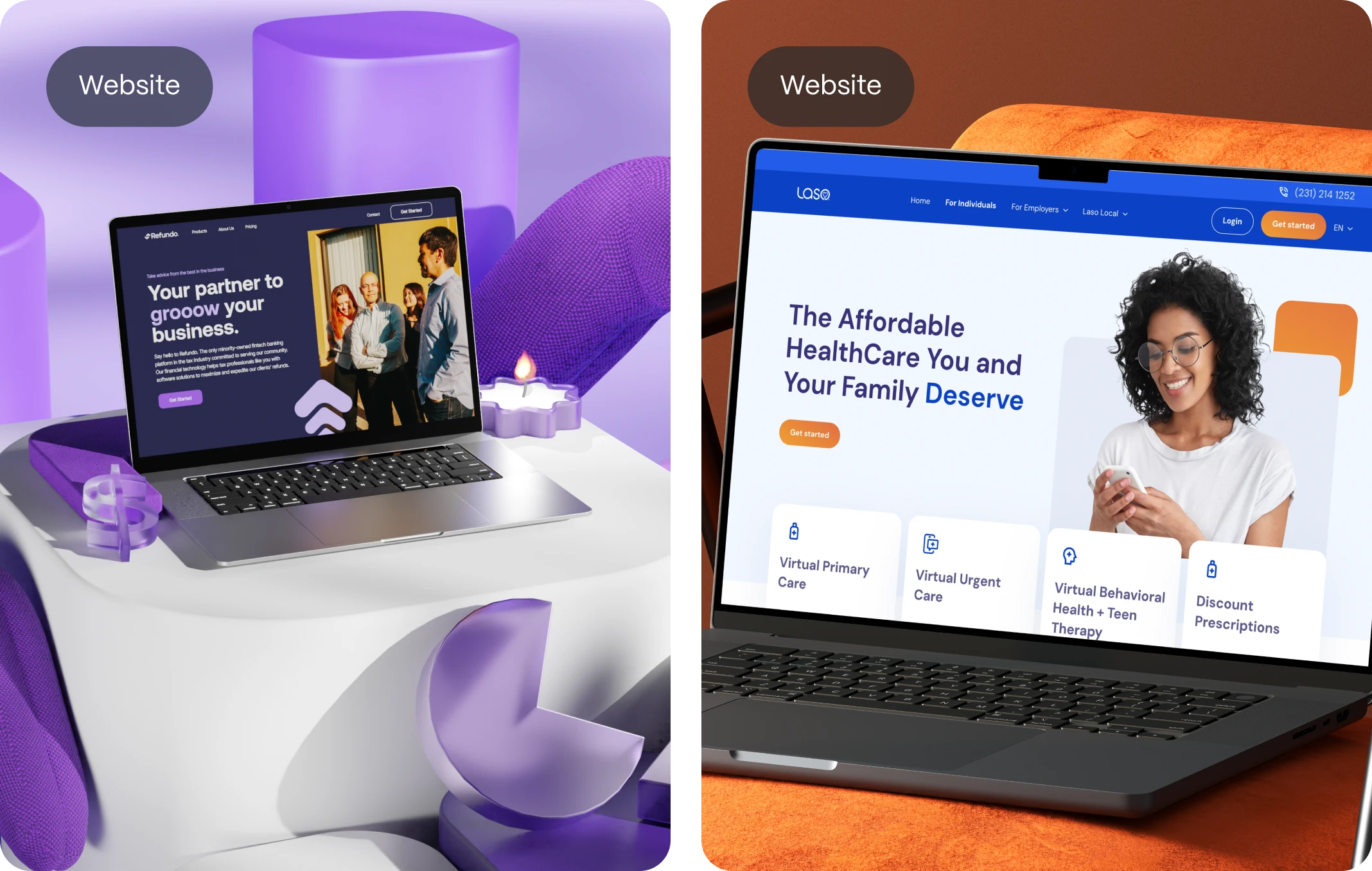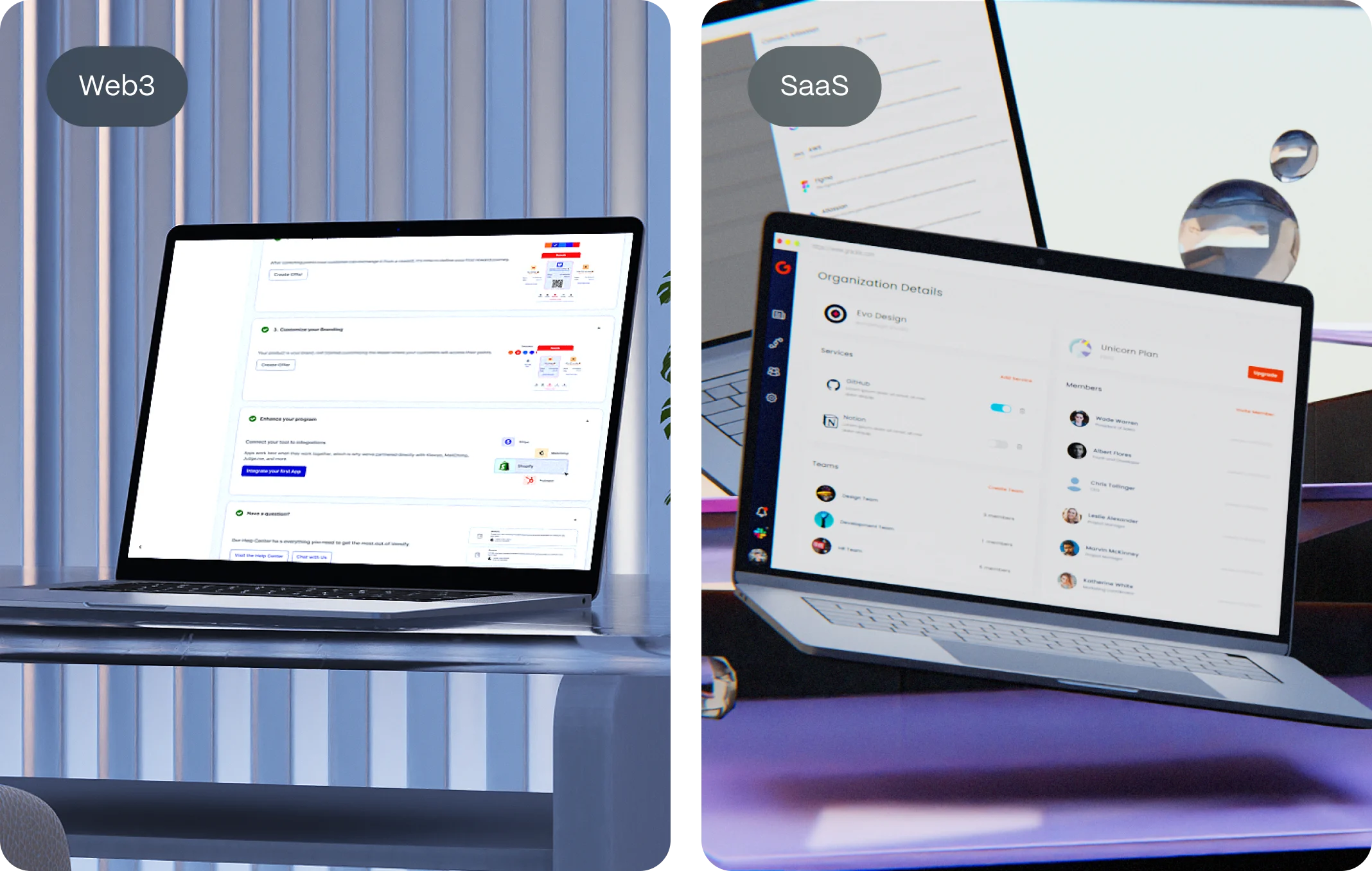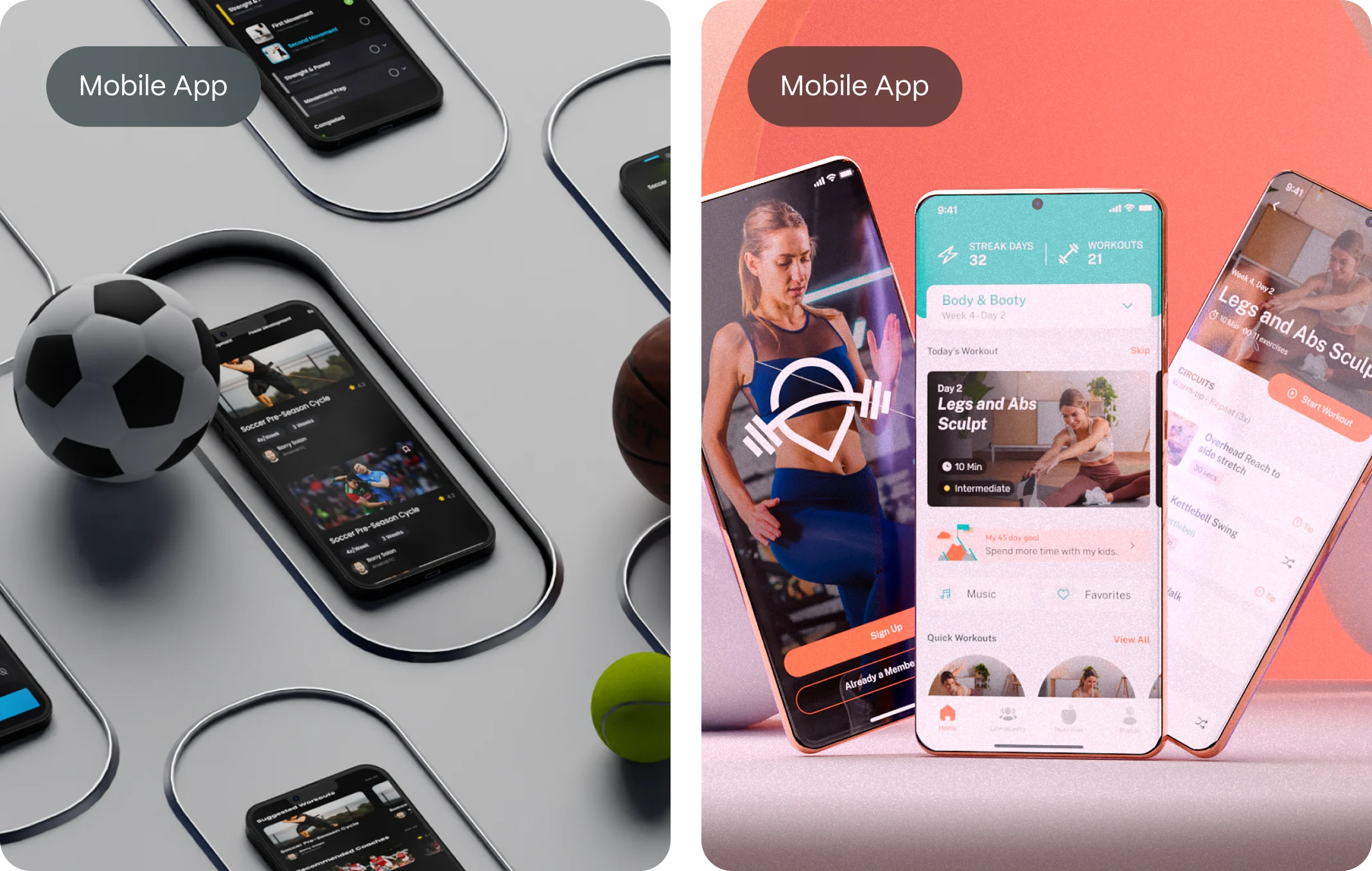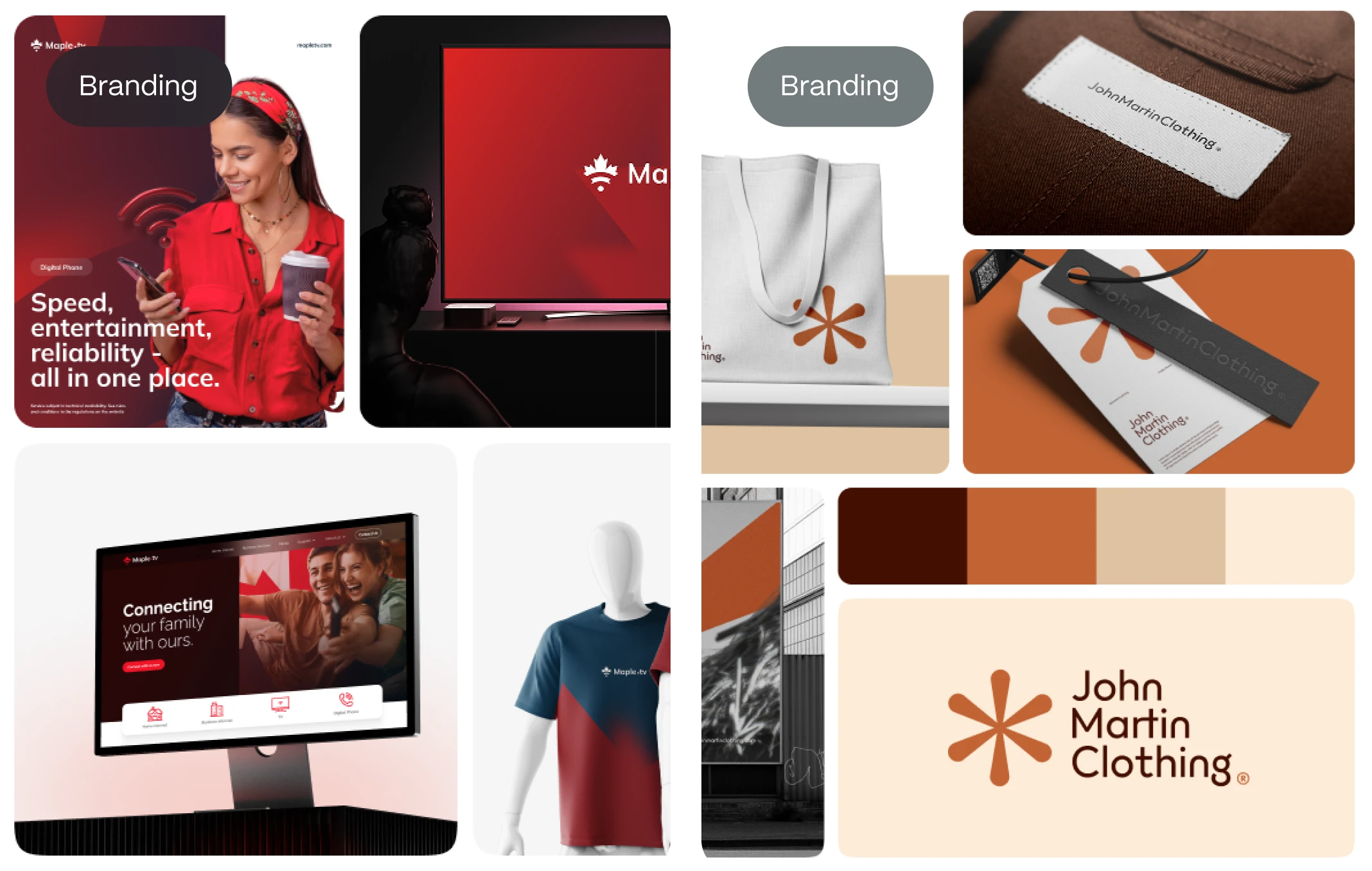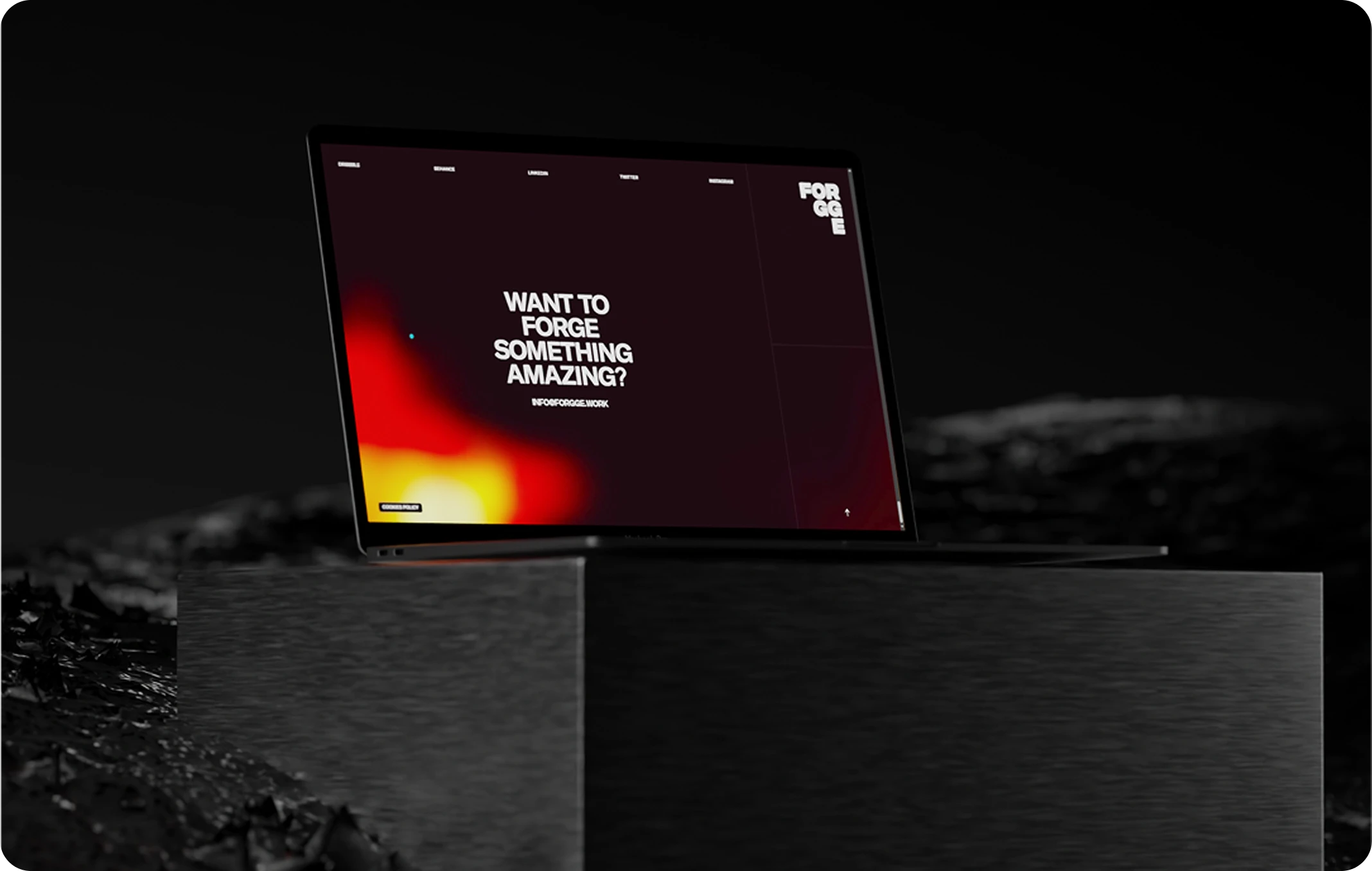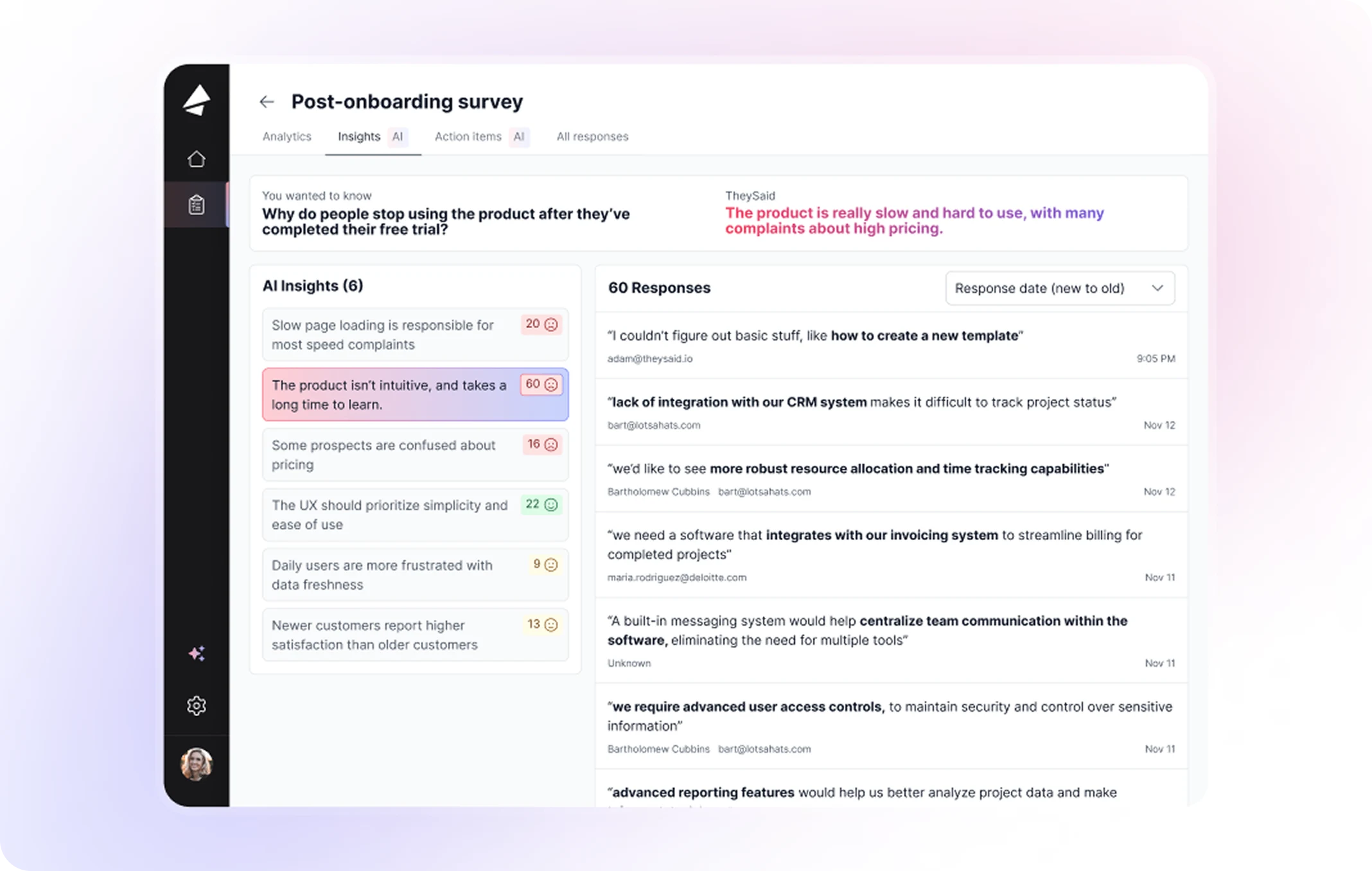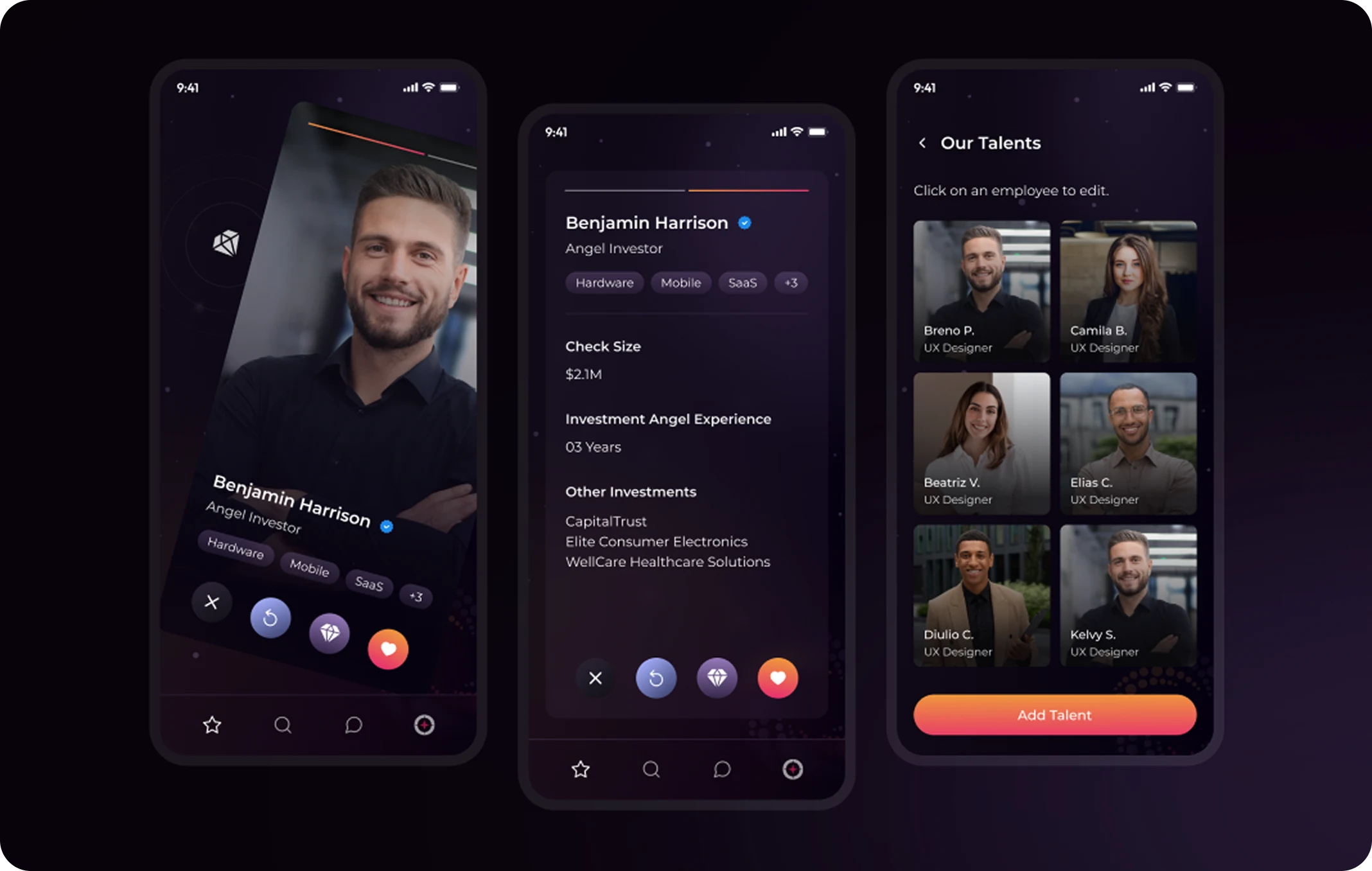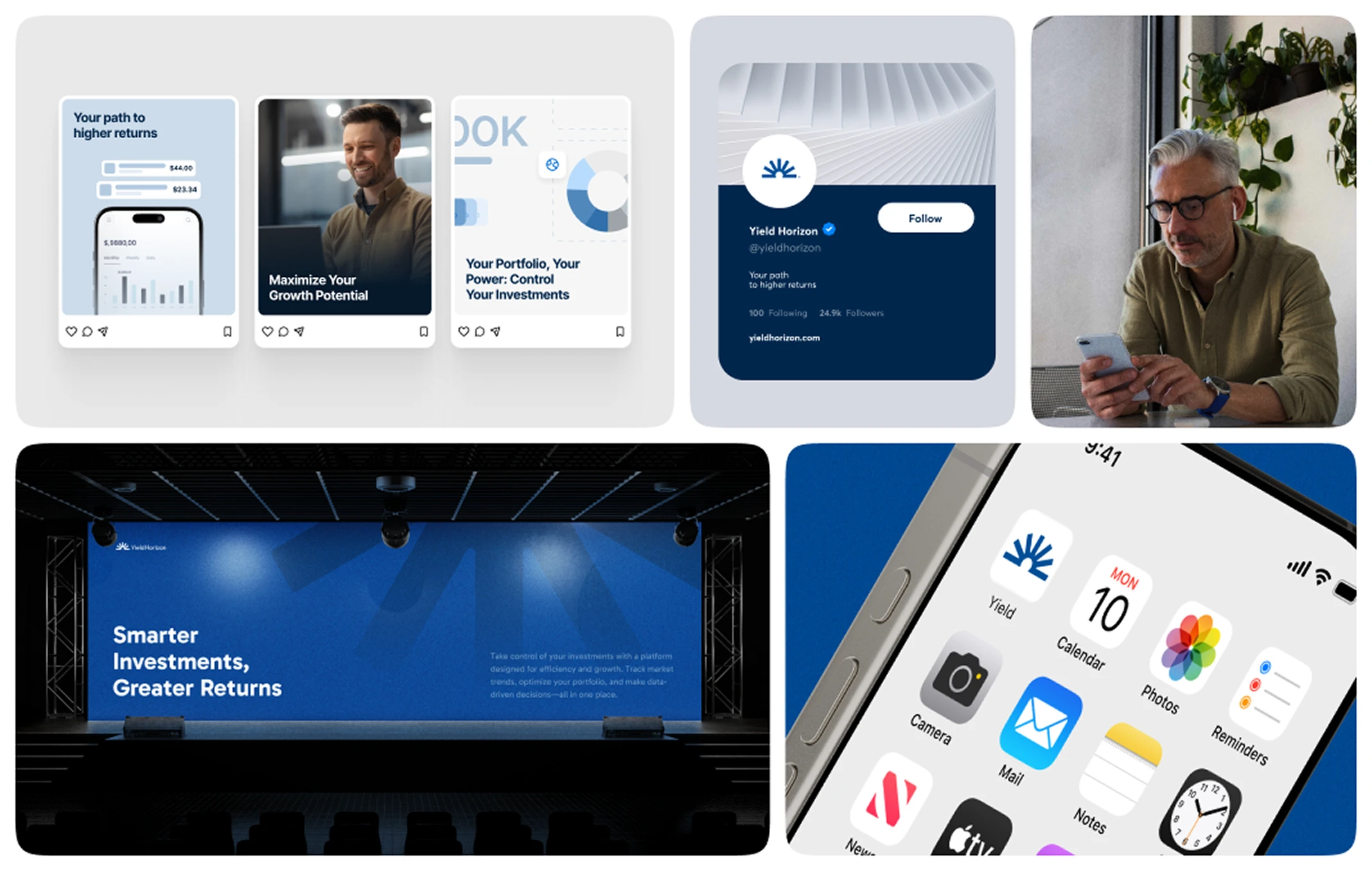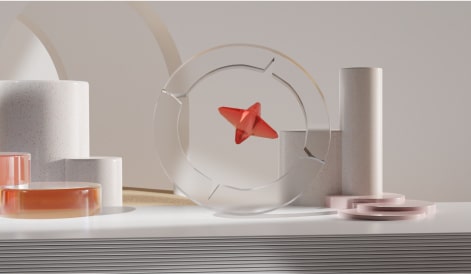In today’s fast-evolving digital landscape, businesses must prioritize user needs to remain competitive. Human-centered design (HCD) places users at the core of the design process, creating solutions that address their pain points, desires, and challenges. For startups and entrepreneurs, adopting a human-centered approach ensures that products are not only functional but also impactful and intuitive.
In this article, we’ll explore the principles of human-centered design, how it can solve real-world problems, and actionable steps to implement it in your product development process.
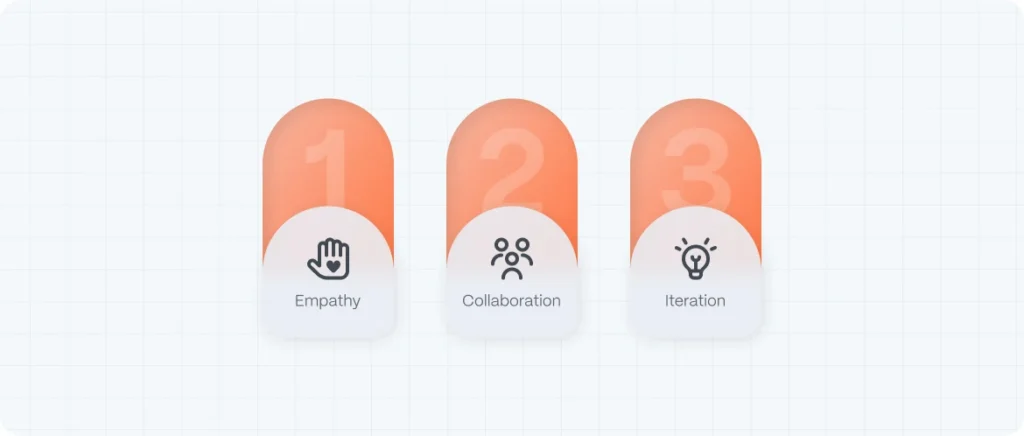
What is Human-Centered Design?
Human-centered design is a creative problem-solving approach that prioritizes the needs, preferences, and experiences of users throughout the design process. It involves a deep understanding of the target audience, collaborative brainstorming, and iterative prototyping to craft meaningful solutions.
Key Principles of HCD:
- Empathy: Understanding users’ emotions, needs, and behaviors.
- Collaboration: Bringing diverse perspectives together to innovate.
- Iteration: Continuously refining solutions based on user feedback.
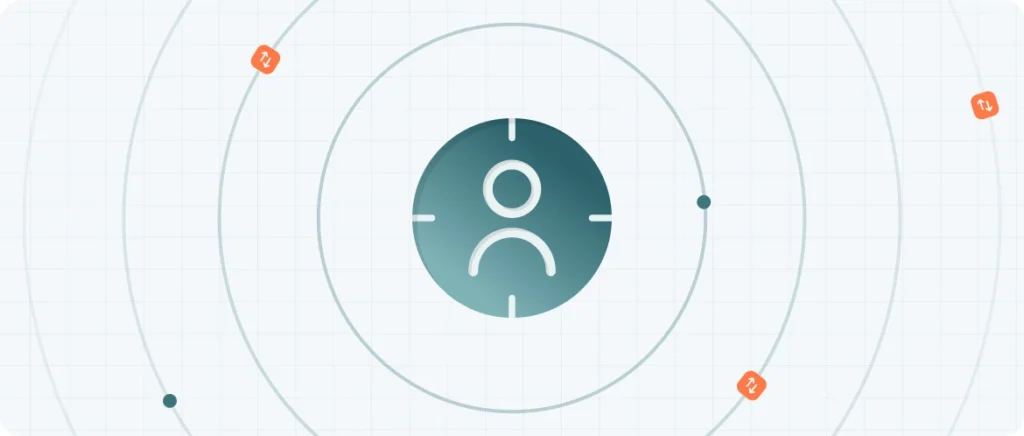
How Human-Centered Design Solves Real-World Problems
1. Understanding User Needs
The foundation of HCD lies in empathy. By conducting user interviews, surveys, and observations, businesses can uncover the root causes of pain points and design solutions that address them effectively.
Example: A healthcare startup might design a telehealth app that simplifies appointment scheduling by focusing on the needs of elderly patients.
2. Fostering Innovation Through Collaboration
Human-centered design encourages cross-functional teams to collaborate, leveraging diverse expertise to create well-rounded solutions.
Pro Tip: Involve stakeholders like designers, developers, and end-users early in the process to foster innovative thinking.
3. Testing and Iterating for Perfection
No design is perfect on the first try. Through prototyping and usability testing, HCD ensures that solutions evolve to meet user expectations.
Example: An e-commerce platform can use A/B testing to refine its checkout process, minimizing cart abandonment rates.
4. Creating Sustainable Solutions with humanized design
HCD focuses on long-term impact by designing solutions that adapt to user needs over time. Startups benefit by building loyalty and trust with their audience.
Case Study: Companies like Airbnb have successfully used HCD to create experiences that adapt to the unique needs of travelers and hosts.
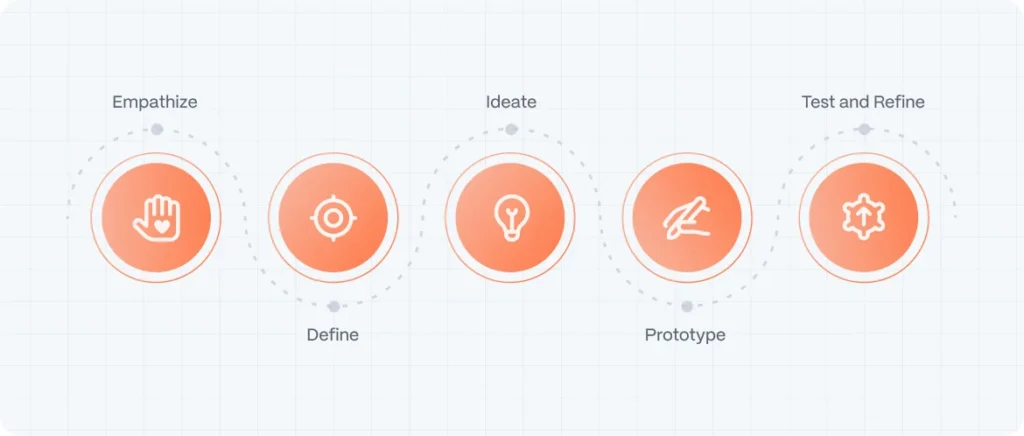
Steps to Implement Human-Centered Design
Step 1: Empathize
Conduct research to understand your users’ challenges and desires.
Step 2: Define
Identify the core problem you aim to solve based on research insights.
Step 3: Ideate
Brainstorm creative solutions with your team, considering user feedback.
Step 4: Prototype
Build low-fidelity models of your solution to test its viability.
Step 5: Test and Refine
Gather feedback through usability testing and iterate until your solution aligns with user needs.
Why Choose Evo Design Studio for Human-Centered Design?
At Evo Design Studio, we specialize in creating user-focused solutions that drive results. Our human-centered approach ensures your product resonates with your audience and delivers measurable impact.
What We Offer:
- User research and persona development
- Collaborative design workshops
- Iterative prototyping and testing
- Scalable solutions for startups and entrepreneurs
FAQ
What is human-centered design?
Human-centered design is a process that focuses on solving problems by prioritizing user needs and creating solutions tailored to their experiences.
How does human-centered design solve real-world problems?
HCD solves real-world problems by using empathy, collaboration, and iterative testing to create solutions that are functional, impactful, and user-friendly.
Why is human-centered design important for startups?
Startups benefit from HCD by creating products that resonate with users, improving customer satisfaction, loyalty, and overall business growth.
What tools can help with human-centered design?
Popular tools include Figma for prototyping, Miro for collaborative brainstorming, and Google Forms for user surveys.
How do I start implementing human-centered design?
Begin by researching your audience, identifying key pain points, and involving users throughout the design process. Evo Design Studio can help guide you every step of the way.

